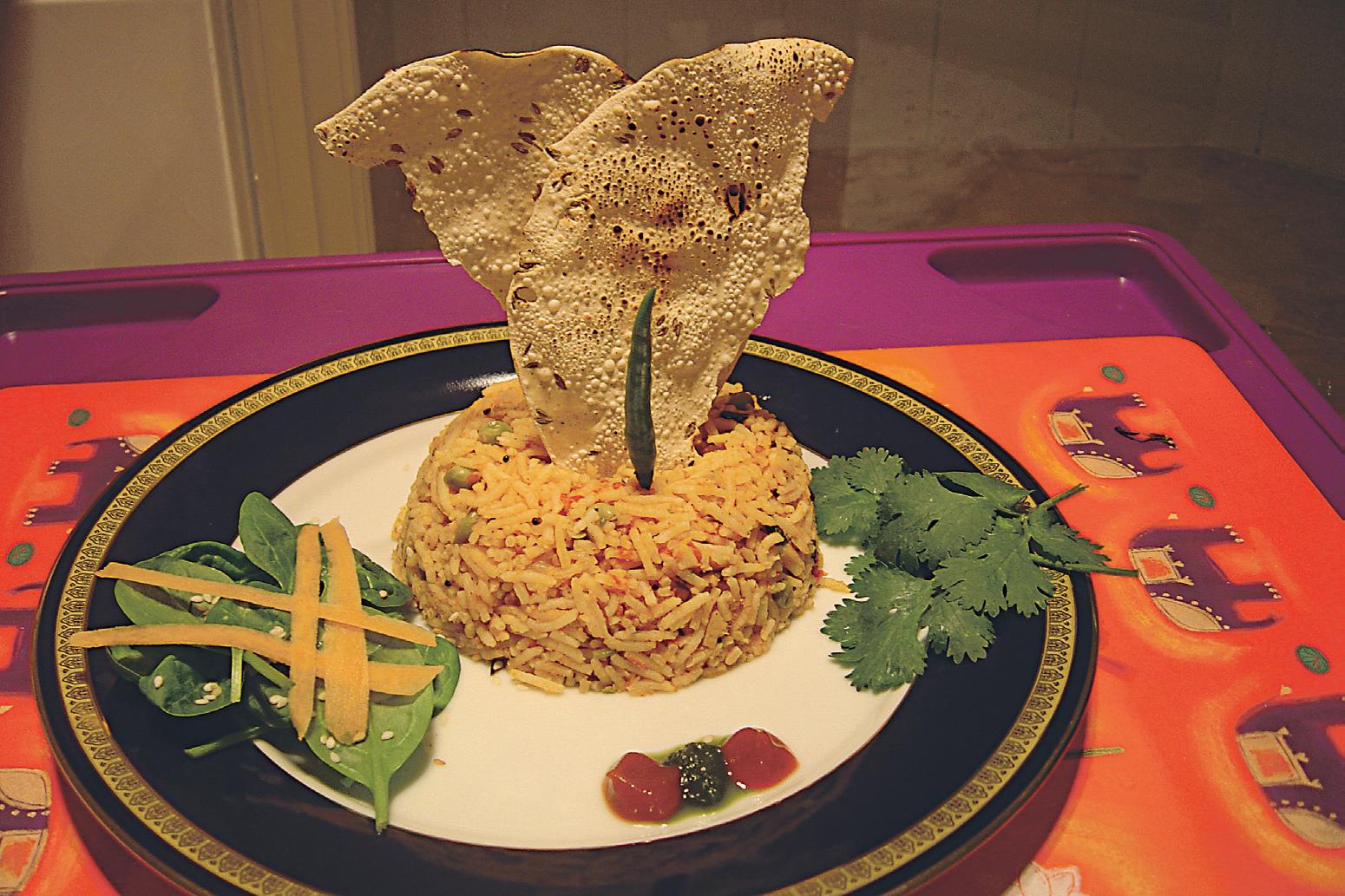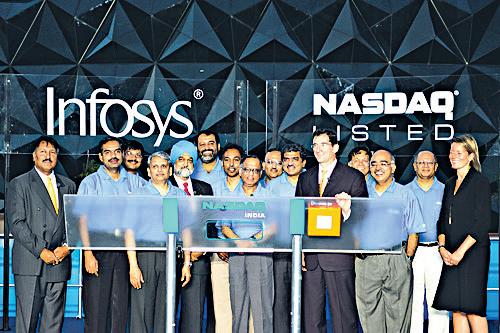
4 minute read
Cover Story
from 2009-08 Melbourne
by Indian Link
financial services institutions (BFSI) accounted for 41% of the export pie in FY08, while telecom and manufacturing contributed 20% and 17%, respectively.
Other major verticals include retail, healthcare, airline and transportation, construction and utilities and media.
The US continues to remain the key market for Indian IT companies, accounting for 67.2% of the software and services (including BPO) exports from India. With a 26% stake in EU, Indian companies are looking at the European region as a potential market for exports and also to expand their global presence.
Building on its existing strengths, India will remain the biggest pool of lowcost global knowledge workers for the foreseeable future, with more than double the combined total in its nearest rivals, China, Vietnam, Philippines and Russia. However, it faces a shortfall of 500,000 people by 2010 unless it steps up training. Likewise, with an industry attrition level hovering around 20-25% (often higher for smaller players), companies are likely to offer an increase of 10-15% in salaries in the coming years.
It all began in 1950s, when Jawaharlal Nehru laid the foundation for IITs and IIScs building a large scientific workforce, second only to US and Russia. Proficiency in English and strong technical foundation worked in their favour. In the late ‘60s, blend that is a gourmand’s delight.
As a land that has experienced extensive immigration and intermingling through many millennia, India’s cuisine has benefited from numerous food influences. Around 7000 BC, sesame, eggplant, and humped cattle had been domesticated in the Indus Valley and by 3000 BC, turmeric, cardamom, black pepper and mustard were harvested in India. Many recipes first emerged during the initial Vedic period, when India was still heavily forested and agriculture was complemented with game hunting and forest produce. In Vedic times, a normal diet consisted of fruit, vegetables, meat, grain, dairy products and honey. Over time, some segments of the population embraced vegetarianism, due to the Hindu philosophy of ahimsa. This practice gained more popularity following the advent of Buddhism and a cooperative climate where fruits, vegetable, and grains could easily be grown throughout the year.
Later, invasions from Central Asia, Arabia, the Mughal empire and Persia, had a fundamental effect on Indian cooking. Influence from traders such as the Arab and Portuguese diversified subcontinental tastes and meals. As with other cuisines, Indian cuisine has absorbed New World vegetables such as tomato, chilli and potato as staples. These are actually relatively recent additions.
Islamic rule introduced rich gravies, pilafs and non-vegetarian fare such as kebabs, resulting in Mughlai cuisine, as well as such fruits as apricots, melons, peaches and plums. The Mughals were great patrons of cooking. Lavish dishes were prepared during the reigns of Jahangir and Shah Jahan. The Nizams of Hyderabad meanwhile developed and perfected their own style of cooking with the most notable dish being the Biryani.
Indian cuisine is distinct to regions, with North Indian cuisine for example, featuring tamarind and other ingredients, dosas, poori, idli, vada, bonda and bajji are typical South Indian favourites. West Indian cuisine encompasses Goan, Maharashtrian and Gujarati cuisine, and each is distinct in flavour and ingredients. While Maharastrian and Goan cuisine depend more on rice, coconut and fish, Gujarati cuisine is predominantly vegetarian with a distinct hint of sweetness due to the use of jaggery (brown sugar). Goan cuisine is influenced by Portuguese colonization. And food from the North East remains influenced by its neighbours Burma and China.
Indian cuisine is a feast for the tastebuds and comes a long way from the ubiquitous ‘curry’.
The healing touch
Ayurveda has existed in India for thousands of years, but has only recently been globally accepted as an alternative medicine. Historians cannot specify exactly when ayurveda came into being, but most agree that its texts were written between 3,500 and 5,000 years ago. This traditional, natural system of medicine enjoys huge popularity in India as well as global acclaim. It provides an integrated approach to preventing and treating illness through lifestyle interventions and natural therapies. Ayurvedic theory states that all disease begins with an imbalance or stress in the individual’s consciousness.

In India, ayurvedic practitioners receive state- recognized, institutionalized training in parallel to their physician counterparts in state-supported systems for conventional Western biomedicine. Studies have documented reductions in cardiovascular disease risk factors including blood pressure, cholesterol and reaction to stress, thanks to ayurvedic methods.
Clinical studies on ayurvedic herbal preparations and therapies have shown them to have a range of potentially does not insist on acceptance or belief in this philosophy to ensure a cure. However, it does provide a deeper insight into how ayurveda can work better for your health. Ayurveda is not simply a healthcare system, but a form of lifestyle adopted to maintain balance and harmony within the human body. This unique blend of science and philosophy balances the physical, mental, emotional and spiritual components necessary for holistic health.
Indian Technology
Think Information Technology and the first thing that comes to the mind is India. In fact the two have become synonymous with each other ever since the world’s largest democracy opened up its economy. A significant contributor to India’s GDP (40%) and exports (35%), the IT sector took off in the ‘90s, shaping new equations with economic giants like US and EU. No other Indian industry has ever performed so well against global competition. It is estimated that Indian IT and BPO export will touch $60-62 billion by 2011, and this despite the economic downturn.
A vertical break-up of India’s IT-BPO exports sector shows that banking and
Tata Consultancy Services (TCS) became the first Indian company in the software sector. The National Informatics Centre was established in 1975 and the industry burgeoned with the emergence of new players like CMC, WIPRO and of course the legendary Infosys. Today, Indian IT companies are expanding their service offerings to provide a complete basket of services to their clients. These new services include IT consulting, testing, business process management and IT infrastructure services, which allows the IT companies to de-risk their business from pricing pressures and enter into newer areas which provide them higher growth and profitability.

Continued on page 10










